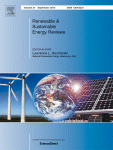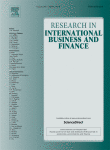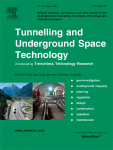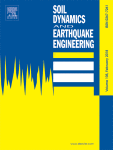چکیده
این مقاله یک مدل چند منظوره برای گسترش انرژی های تجدیدپذیر ارائه می کند. این مدل شامل سه عملکرد هدفمند می باشد(کاهش هزینه کلی، افزایش تولید در بار حداکثر و افزایش توزیع منابع تجدیدپذیر غیر آبی). سپس این مدل با استفاده از اهداف دولت جدید برای انرژی های تجدیدپذیر در مورد برزیل بکار رفت. مقدمه اهداف در موضوع بار حداکثر و تولید انرژی تجدید پذیر غیر آبی، باعث افزایش تولید نیروی خورشیدی شده است. در مقالات مربوط به برزیل، نیروی خورشیدی در نظر گرفته نشده است و یا سهم آن نادیده گرفته شده است اما نتایج حاصله از این مقاله، انرژی خورشیدی را اصلی ترین منبع انرژی تجدید پذیر غیر آبی در سال ۲۰۳۰ معرفی می کند، چراکه می تواند به حداکثر تقاضا پاسخ دهد، زیرا منحنی روزانه با دوره بار حداکثر در نظر گرفته می شود. در این مقاله، می بینیم که می توان با منابع تجدیدپذیر به ۹۰% بارهای سالانه دست یافت(۲۳% توسط منابع غیر آبی تامین می شود) و انرژی خورشیدی در سال ۲۰۳۰ از ۲۱KW به ۴۰۰۰۰KW افزایش یافت.
Abstract
This paper presents a multi-objective model for expansion with a high share of renewable energy. The model considers three objective functions (minimizing the total cost, maximizing generation at the peak load, and maximizing the contribution of non-hydro renewable sources). The model was then applied to the Brazilian case, using the new government targets for renewable energy. The introduction of the objectives regarding peak load and non-hydro renewable generation lead to an increase of solar power generation.
In many studies about Brazil, solar power was not considered, or its participation was negligible, but in this paper the results show solar energy as the main non-hydro renewable source in 2030, due to its capacity to meet the peak demand, since its daily curve coincides with the peak load period. In this study, it was possible to meet 90% of the annual load with renewable sources (with 23% being ensured by non-hydro) and the solar power increased from 21 MW to 40000 MW by 2030.






